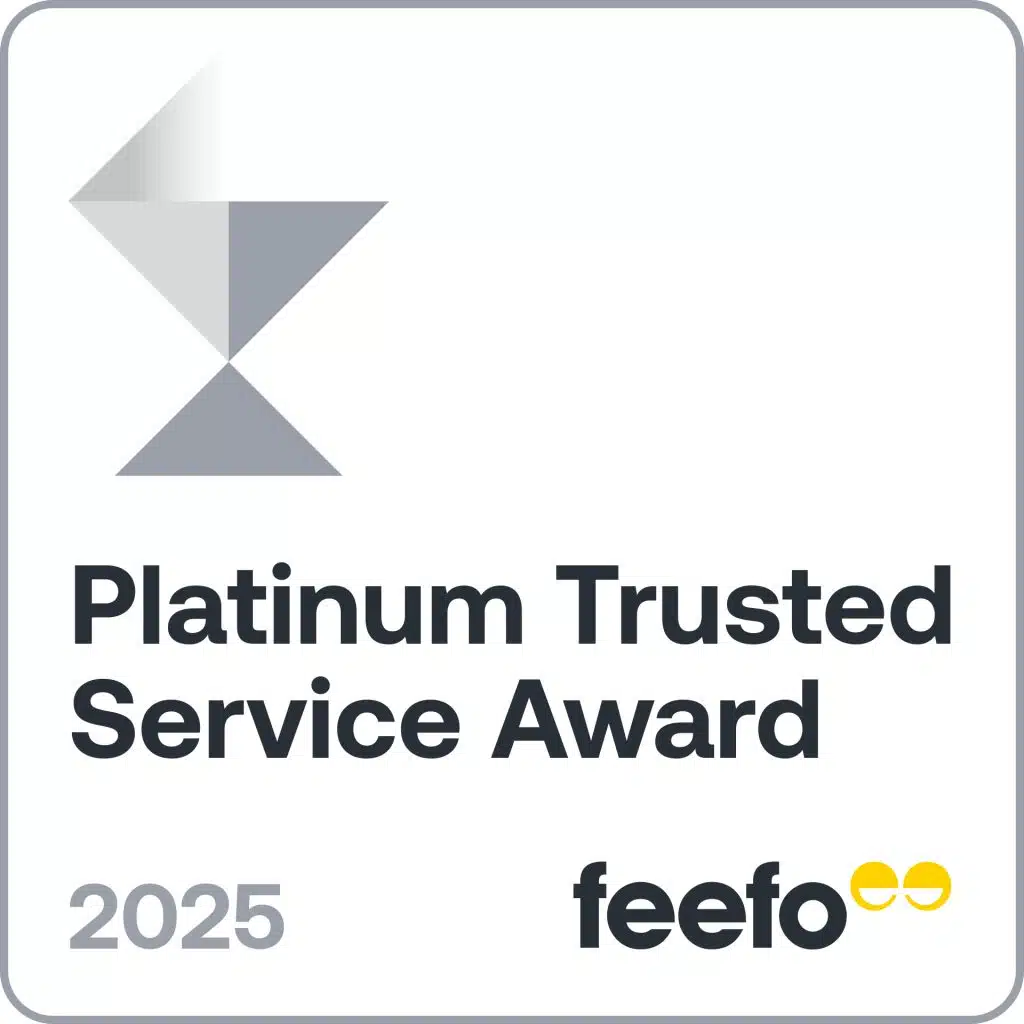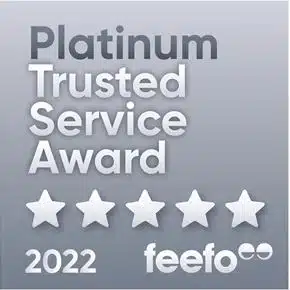Buying machinery or equipment for your business is a big investment and the right finance can make all the difference. Whether you’re after a lease or a loan, there’s a wide range of commercial finance options to help you access the machinery, vehicles or technology you need. Our experienced equipment finance brokers work with some of Australia’s top lenders to secure competitive finance deals that work for you.
Types of equipment loans
When financing equipment for your business through Savvy, you typically have two main options: a loan or a lease.
Equipment loan (chattel mortgage)
With a chattel mortgage, a lender provides the funds to purchase your equipment, with the asset used as collateral for the loan. You have immediate ownership and access to the equipment and you repay the loan over a set period, usually from one to seven years. Because the loan is secured, the lender may repossess the equipment if your business cannot meet its repayment obligations.
Lease
Leasing allows you to use the equipment while spreading the cost over time, with options tailored to how you intend to use the asset:
- Finance lease: under a finance lease, the lender retains legal ownership of the equipment throughout the lease term – usually from one to five years – while your business leases it for a fixed period at a fixed monthly cost. You’re responsible for all maintenance and operating costs. At the end of the term, you may have the option to purchase the machinery for an additional amount, or you can return it.
- Operating lease: this is a shorter-term rental arrangement where you don’t take ownership of the equipment. Instead, you rent it for a set period, and the lender (or lessor) usually covers maintenance and servicing costs. Once the operating lease ends, you simply return the equipment with no further obligations.
This is how the different types of finance compare:
| Feature | Chattel mortgage | Finance lease | Operating lease |
|---|---|---|---|
| Ownership | You own the equipment from day one | Lender owns the equipment during term | Lender owns the equipment throughout |
| Deposit | Optional – not required but can reduce repayments | No | No |
| Repayments | Fixed loan repayments | Fixed lease payments | Fixed lease payments |
| Balloon/residual option | Optional balloon payment | Mandatory residual payment | No |
| Maintenance responsibility | Your business | Your business | Usually the lessor |
| Flexibility | Less flexible – difficult to upgrade | Can upgrade at end of term | Easy to upgrade or switch |
| Customisation | Equipment can be modified | Typically no modifications allowed | No modifications allowed |
| Tax treatment |
Interest and depreciation may be tax-deductible GST claimable upfront |
Lease payments may be tax-deductible GST claimable monthly |
Lease payments may be tax-deductible GST claimable monthly |
These figures are for illustrative purposes only. Actual costs will vary depending on your business profile, the equipment you choose and the terms of your agreement. To understand your actual costs, it’s best to get a tailored quote.
What kind of equipment can I finance?
You can finance a broad range of equipment to support and perform business operations. This includes plant, smaller equipment and business vehicles, including:
- Heavy machinery: industrial machines, heavy plant equipment, forklifts, prime movers
- Smaller equipment: portable power tools, hand tools
- Vehicles: cars, vans, utes, trucks, trailers, buses
- Construction equipment: bulldozers, cranes, frannas, excavators
- Agricultural equipment: tractors, harvesters, planters
- Restaurant equipment: furniture, ovens, fridges, freezers, dishwashers
- Retail equipment: shop fitout, IT, POS systems
- Office equipment: computers, monitors, printers, photocopiers
Why apply for a business loan with Savvy?
Expert brokers
You can speak with one of our specialist commercial brokers who can walk you through a range of loans to best suit your company's needs.
Over 40 lending partners
You can compare business loan offers, through a range of trusted lenders, maximising your chances of a great rate.
Fast online process
You can fill out our simple online form to generate a free business finance quote within minutes. You can also come back to it at any time.
Equipment finance vs lease
Choosing between a loan and lease depends on your business’s priorities, cash flow and how long you plan to use the equipment. To help you decide which option suits your business best, here's a quick look at the pros and cons of equipment loans versus leases:
Equipment loan
Pros
- You own the equipment from the start
- You can modify or customise machinery
- Potential tax deductions on interest and depreciation
- You can sell asset if no longer needed
- You may add a balloon payment to lower monthly costs
Cons
- Higher upfront costs (may require a deposit)
- You're responsible for all equipment maintenance and repairs
- Less flexibility if equipment becomes outdated
- Harder to upgrade or swap mid-term
Equipment lease
Pros
- Lower upfront costs
- Easy to upgrade or replace during or at end of lease
- Lease payments are typically tax-deductible
- Lessor may cover maintenance and servicing (operating leases)
- Flexible for short-term or fast-depreciating assets
Cons
- You don’t own the asset
- Modifications usually not allowed
- You may have to pay residual value to purchase at the end of the term (finance leases)
- You may still owe payments even if the equipment is no longer needed
What our customers say about their finance experience



Savvy is rated 4.9 for customer satisfaction by 97 customers.
How much will my equipment finance cost?
The cost of equipment finance can vary significantly depending on the type of finance you choose and the asset you’re buying. There’s no typical figure that applies across the board because equipment types, prices and rates differ so much – but to give you an idea, here are some example scenarios showing hypothetical costs for a used Bobcat, new computer equipment and a heavy-duty crane across different finance options:
| Chattel mortgage | Finance lease | Operating lease | |
|---|---|---|---|
| Equipment | Bobcat skid-steer (used) | 50 MacBooks + 50 Dell monitors (new) | Tadano crane |
| Equipment cost | $50,000 | $125,000 | $500,000 |
| Loan/lease term | 5 years | 5 years | 5 years |
| Interest/lease rate | 12.5% p.a. | 8% p.a. | Bundled monthly rate |
| Balloon/residual | – | $35,162.50 (28.13%) | – |
| Monthly payment | $1,023 | $1,822 | $8,750 |
| Total cost | $61,359 | $144,498 | $525,000 |
| Ownership | Yes | Optional (after residual) | No |
What influences the cost of equipment finance?
Equipment type and machinery condition
The type, value and age of your equipment all play a role in your finance deal. Newer equipment often attracts lower rates, as it depreciates more slowly and has a higher resale value, which reduces the lender’s risk. Furthermore, some items will depreciate a lot faster than others – for example, computer equipment generally needs replacing every few years while some heavy-duty manufacturing and construction equipment can last for decades – which can impact the rate you’re offered.
Your business finances
Your business’s financial position plays a key role in determining the cost of finance. Lenders will assess factors such as turnover, profit, liabilities and years in operation. Well-established businesses with strong cash flow and low debt levels are considered lower risk, and may qualify for better rates and terms. Your business credit score, as well as the creditworthiness of directors or guarantors, can also affect loan approval and pricing.
Interest rates
Interest rates on machinery finance are typically lower than unsecured loans, as the asset secures the financing. Rates can be either fixed, providing stable payments, or variable, which may fluctuate. The interest rate type can influence how much you pay over time.
Balloon or residual payments
With both finance leases and chattel mortgages, you may be able to choose a balloon or residual payment at the end of the term. These payments reduce your monthly costs but leave a final, larger amount to settle. This structure helps make repayments more manageable but requires planning for the final lump sum so you can own your machinery outright.
Fees
As with other types of finance, equipment finance typically comes with additional fees, such as establishment fees when setting up the loan, which cover administrative costs, early termination fees if you end the lease or loan early and valuation fees if the equipment needs to be valued. However, the fees that apply vary depending on the terms and lender policies.
Crunch the numbers
with our business loan repayment calculator
Your estimated repayments
$98.62
| Total interest paid: | Total amount to pay: |
| $1233.43 | $5,143.99 |
How to apply for equipment finance
-
Complete Savvy’s online form
Start by filling out our easy online application. Let us know how much you need to borrow and key details about your business such as its name, ABN, size and annual turnover along with your personal information.
-
Upload your documents
To support your application, you’ll need to supply a variety of documents, which lenders will use to assess your business’ capacity to service the loan.
-
We'll assess your profile
Once we’ve reviewed your application, our team of brokers will compare offers from a panel of trusted lenders to find suitable options for your needs. Given the variables with equipment finance, we’ll contact you to walk through your choices and explain the terms.
-
Finalise your application
When you’re ready, we’ll help you complete the application and submit it to the lender. If everything checks out, you may receive formal approval within 24–48 hours.
-
Sign the contract and access your funds
Once approved, you’ll sign the loan agreement. Your Savvy broker will coordinate the settlement and arrange for the funds to be paid directly to the supplier, or to you, depending on the lender’s process.
Can I claim part of my equipment finance deal as a tax deduction?
Yes – on a chattel mortgage, interest may be tax-deductible as a business expense. If your business is registered for GST, you may also be able to claim a GST credit on the initial purchase on your BAS. With a finance lease, GST paid on lease payments can also be claimed as an input credit, reducing your GST liabilities.
It's important to note that you can only claim the business portion of your asset's usage. For example, if you bought a ute and used it for business purposes 70% of the time, you could only claim up to 70% of eligible expenses.
If your equipment is under $20,000, you may also be able to deduct the full cost of the asset through the instant asset write-off. This is an alternative to claiming gradual depreciation on business assets, freeing up more cash upon receiving your tax refund. The scheme was set to expire after the 2024-25 financial year, but the Australian Government extended it into 2025-26.
Additional tax deductions may apply depending on your situation, so consulting with a tax professional can help you maximise potential savings.



